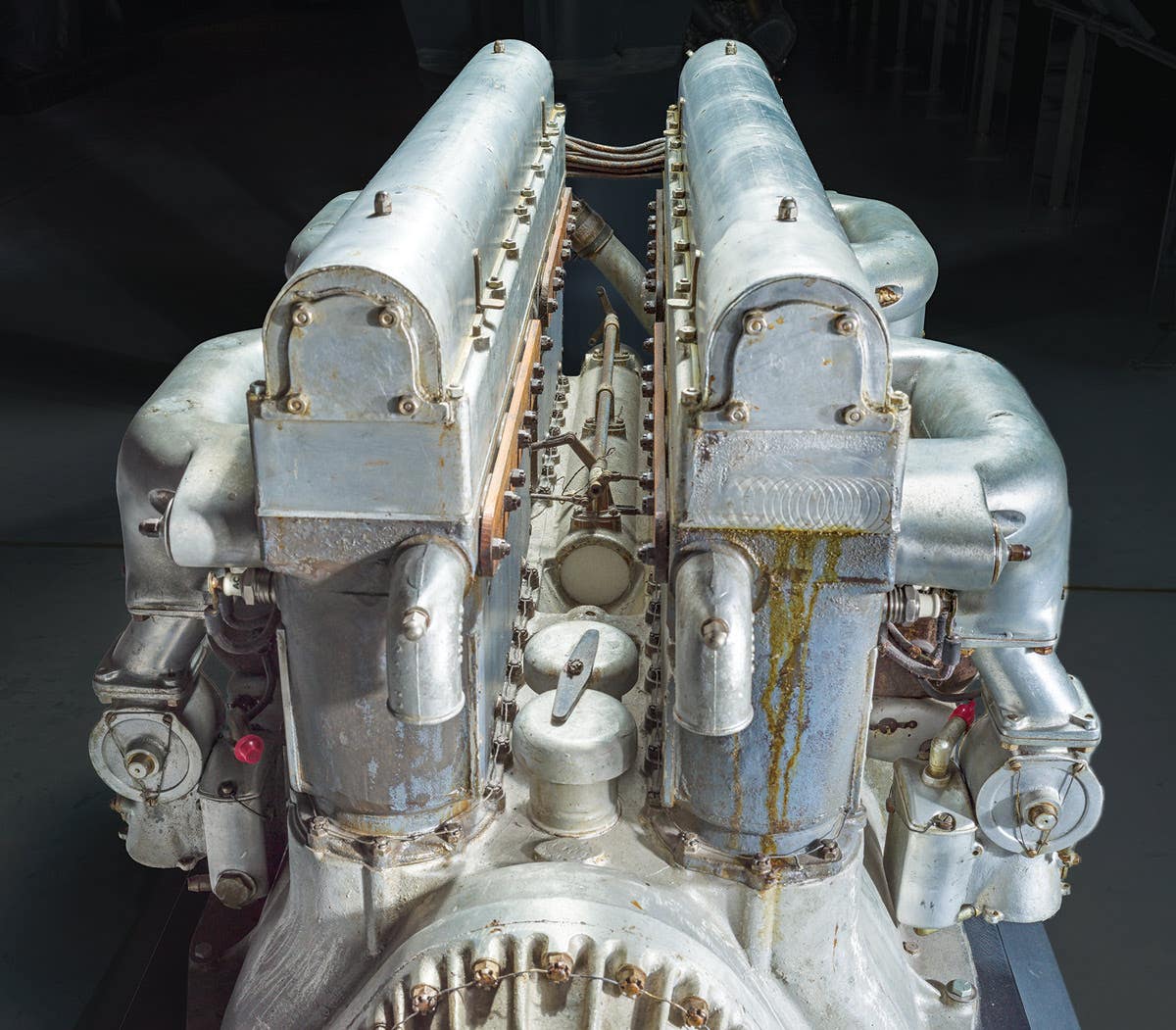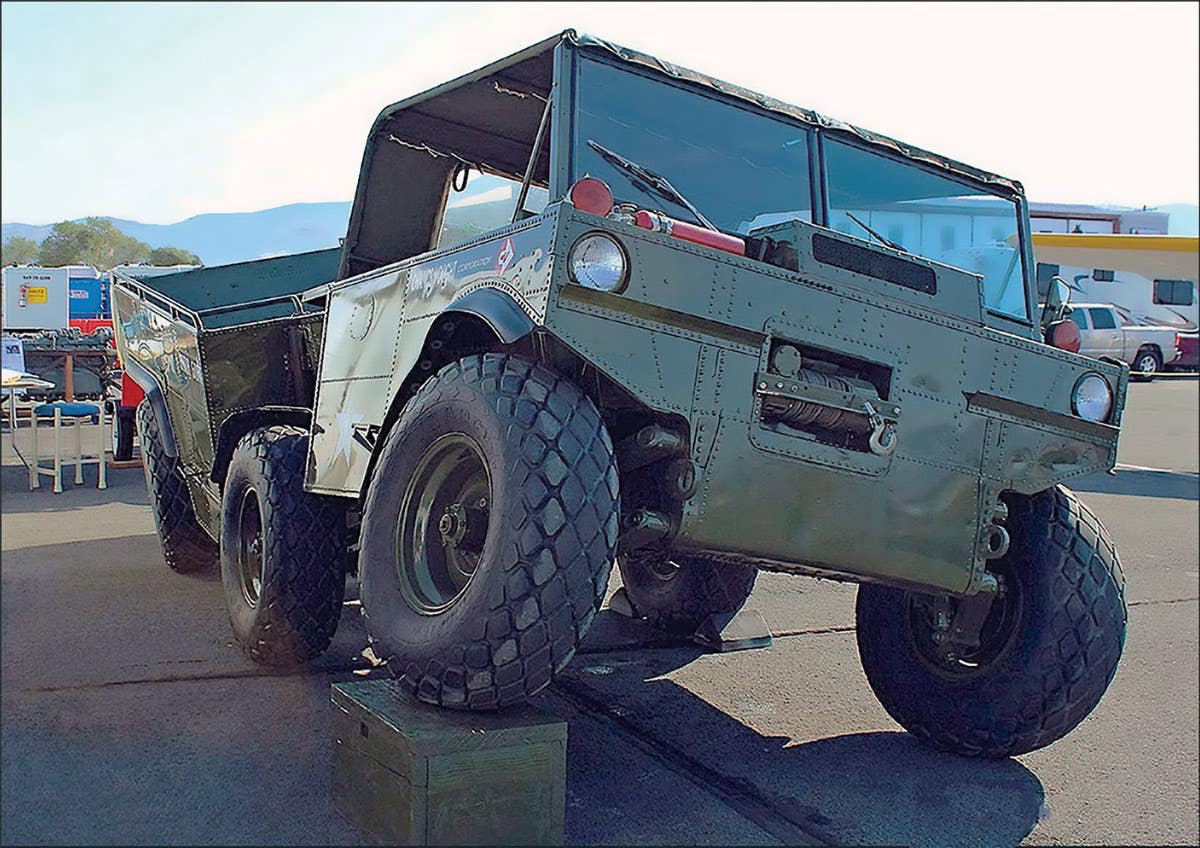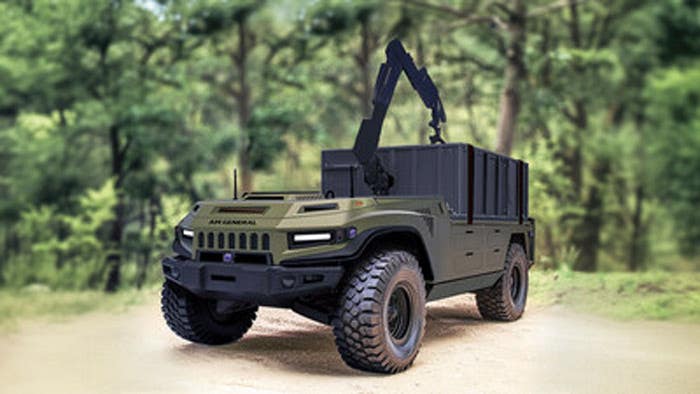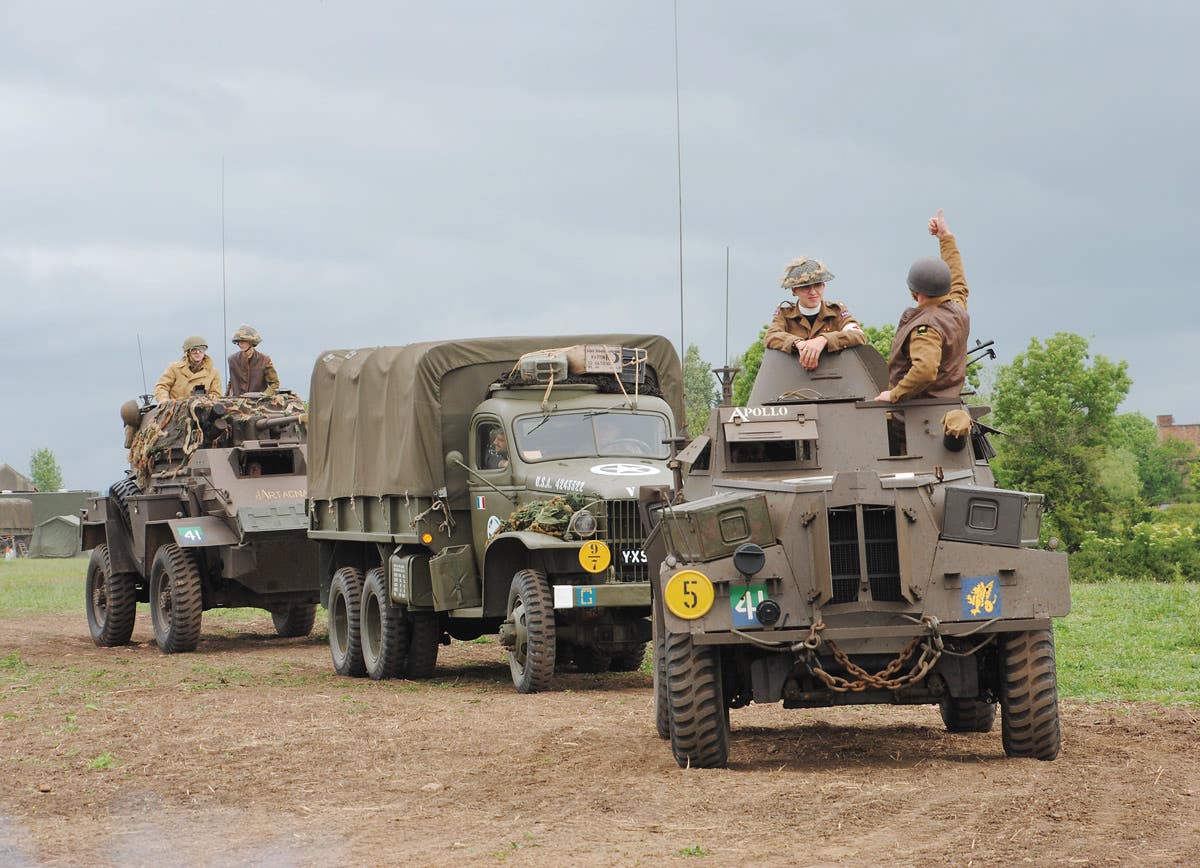No VIN on oldest MV?
18th-dynasty pharoh’s chariot has interesting journey to New York museum
Amany Emiel Nashed and Sanaa Ahmed Ali came from Luxor, Egypt, to supervise the installation of an 18th dynasty pharoh’s chariot in a New York museum exhibit. But when they arrived in New York, they ran into a typical problem faced my many owners of historic military vehicles.
In a subterranean exhibition space on West 44th Street, a group of gloved art handlers — under the wary supervision of Sanaa Ahmed Ali, director of the Luxor Museum in Egypt — opened a wooden crate, unpacked the left wheel and slowly slid it onto the axle where it had once turned. An hour later they did the same with the right wheel. Then everyone in the room fell silent for a moment, looking at the result, before breaking into applause.
Though there were much more ornate ceremonial chariots among the six discovered in the tomb of King Tutankhamen in 1922, the example unveiled last week will be a crowd-luring addition to “Tutankhamun and the Golden Age of the Pharaohs,” the commercial exhibition of Tut treasures at the Discovery Times Square Exposition. Scholars consider it as unique because it is the only one that shows signs of wear and tear. It has long been thought that it was the chariot actually used by the boy king for battle or, more likely, for hunting.
The plan to send the chariot to New York — its first trip out of Egypt since its creation 3,300 years ago — was initiated by Zahi Hawass, the colorful general secretary of Egypt’s Supreme Council of Antiquities. Some may recognize Hawass from his own reality show on the History channel, “Chasing Mummies.”
The chariot was expected to be part of the New York show when it opened in April but was held up as conservators, antiquities officials and Egyptian officials debated whether it was sturdy enough to travel. A separate room and a huge, climate-controlled glass case were built into the exhibition, but they remained curtained off as dates came and went for the chariot’s arrival.
Finally, last week, the disassembled vehicle, having made its way by truck from the Luxor Museum to Cairo, was put aboard a Lufthansa cargo jet, accompanied by Nemat Mousa, a curator at the Egyptian Museum in Cairo. The two managed to get all the way to John F. Kennedy International Airport before being stopped by one last logistical hurdle.
When New York traffic officials reviewed the papers required for the oversize truck that would transport the chariot into Manhattan, they saw that the cargo inside was classified as a vehicle, and demanded its Vehicle Identification Number. With the speed that will make any HMV owner envious, the handlers were able to clear the VIN hurdle to ensure the display of the relic (though one might wonder about special “restrictions” that DOT may have placed on the vehicle!).
The show’s tour, which began in Los Angeles in 2005 and ends in New York on Jan. 2,. After passing through six other cities, the show has raised more than $100 million to be used for the improvement of Egypt’s museums and its archaeological sites. According to Mr. Hawass, displaying the chariot — and turning the exhibition into the ultimate before Christ MV show — would guarantee a packed house through the fall and winter.
YOU MAY ALSO BE INTERESTED IN:
*Military Vehicles Magazine
*Standard Catalog of U.S. Military Vehicles, 1942-2003
MORE RESOURCES FOR COLLECTORS
*Great Books, CDs & More?
*Sign up for your FREE email newsletter
*Share your opinions in the Military Forum







